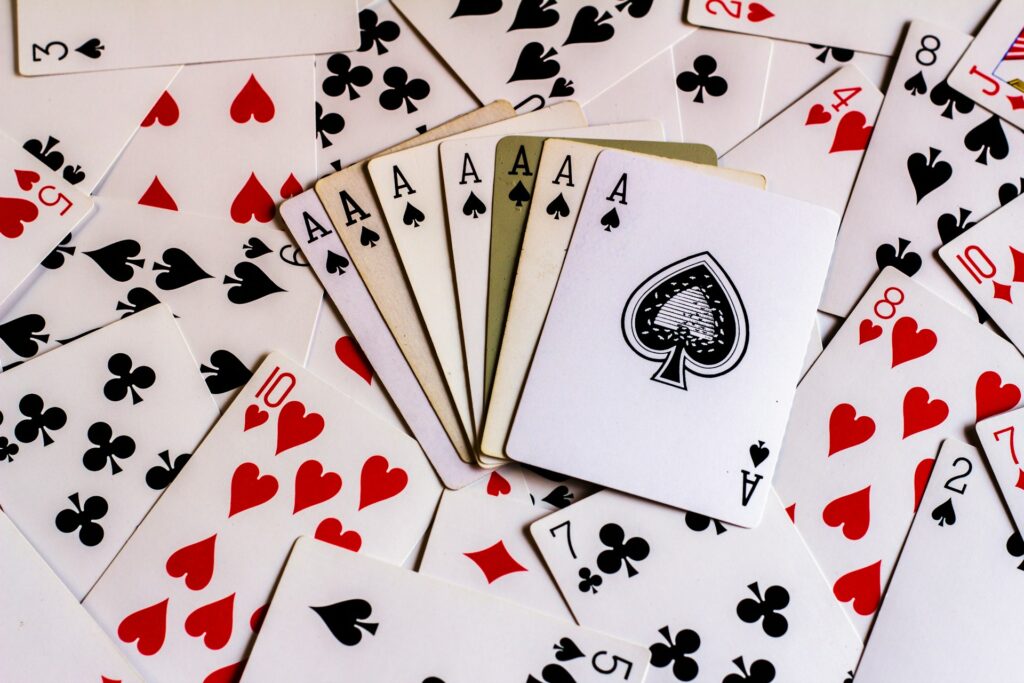The presentation of the homepage has changed drastically over the last decade, particularly due to the advent of touch-screen smartphones. Now, those looking for a particularly elite chic to their site will opt for video backgrounds and a scroll that gradually reveals more information, images, and the like.
However, a classic web design staple has not only endured the changing fads of homepages, but has arguably become even more potent thanks to the transformation of customer habits. That staple is the homepage carousel. Offering a way to present more content, interactive information, and possibly an animation, it’s a useful option.
Carousels still have a lot to like about them, and while the large images can take up a lot of space, when deployed well, they can be very potent. Here’s a look at why the homepage carousel remains popular, as well as some examples of the slider in action.
Maximizing the Small Window of Opportunity
Source: Pexels
For any website looking to sell, the click-through rate (CTR) is a very important stat. It’s been found that the CTR of websites across all industries, on average, is around 6.6 percent. So, a very small percentage of website browsers click to another page. On top of this, users will form an opinion in much less than a second.
It’s a very small window of opportunity for a website to impress and convince a user to commit to a sale or just click further and explore. Throw in the stats that say over 90 percent of first impressions are actually based on web design and that credibility, for 75 percent of users, is also judged on design, and it’s clear that the homepage is vital to turning browsers into customers.
One way to entice interaction is with animated features or a way of showing that there’s more to see than what’s first presented. This is where the carousel can come in very handy. Image carousels that are clearly shown as such – primarily with arrows to move through and a page count – see over 70 percent of users click at least once.
Then, more than 60 percent of people will go from the second slide to the third slide. Better still, there are many ways to toy with the design and encourage clicks. Static carousels naturally encourage clicks, but it’s been found that auto-rotating carousels actually get the most click-through, showing the natural appeal of the carousel types.
Leading Names Leaning on the Carousel

There are many prime examples of carousels being deployed effectively by online brands. One of the most recent to enter the fray is The Guardian. As is delved into by the piece from DW, The Guardian’s redesigned app aimed to better reflect the breadth of content, and so, they use a masthead carousel to top their homepage and home screen to whip through the many stories of the day.
Where a site has many selling points, a carousel can also be particularly useful. In this example, the carousel showcases the brand’s USP on one slide, the welcome offer to new customers, a major official partnership, the ongoing promotions, and a showcase of products. This is shown in the carousel of a leading jackpot UK online casino.
Across the five slides, which are on an automatic carousel, the brand ensures that there’ll be something of appeal to the majority of people who visit the site. Elsewhere, you might see a focus on good reviews. Beeline, for example, slides through reviews written by customers to make use of its carousel space.
There are many benefits to deploying a carousel on your website’s homepage, and you don’t have to go far to see the feature being put to good use.


